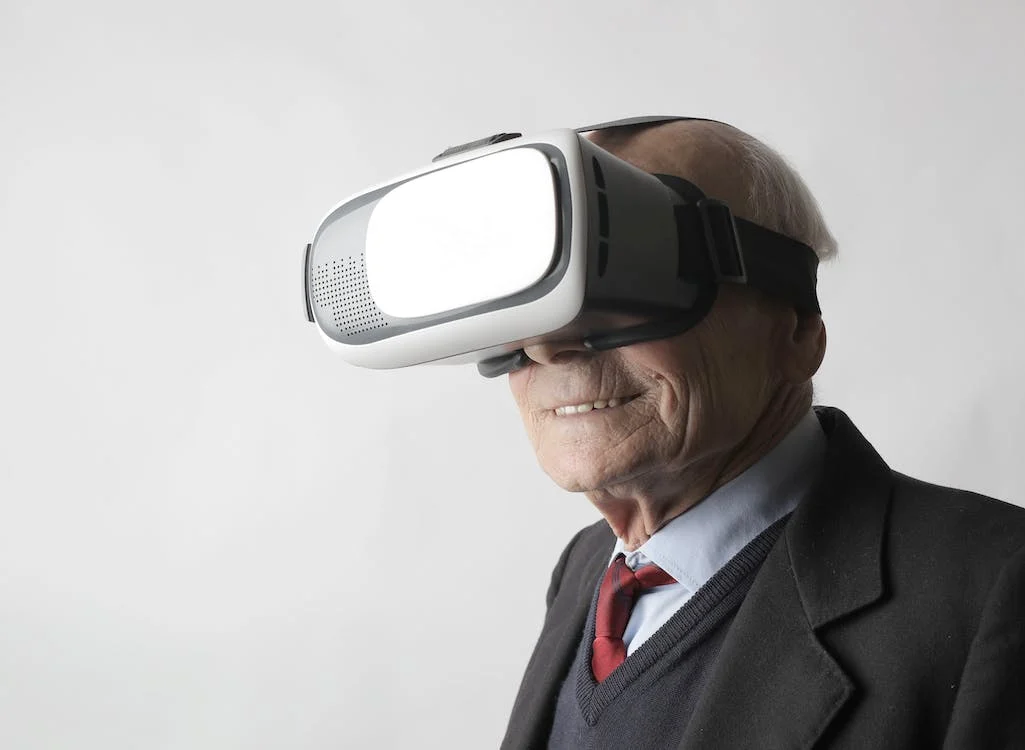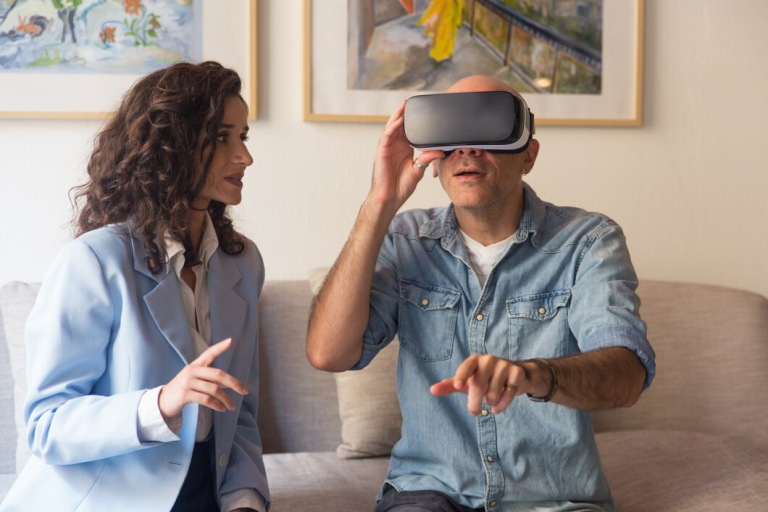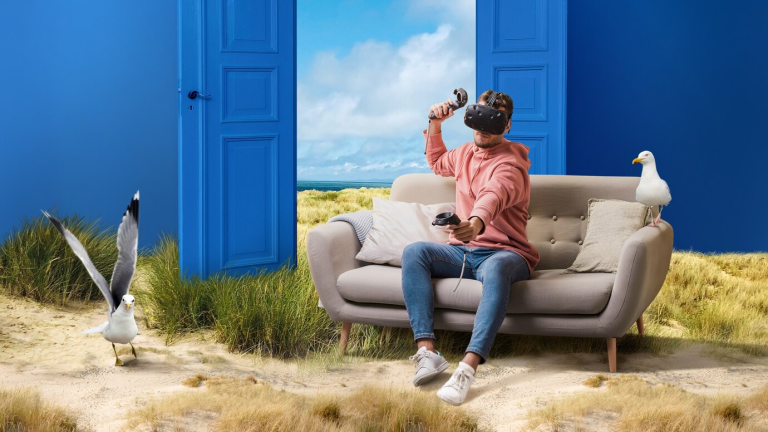In the architectural industry, efficiency and cost-effectiveness are paramount. At VRchitects, we’ve embraced Virtual Reality (VR) technology not just as a design tool, but as a means to significantly reduce costs and save time in architectural projects.
The Financial Benefits of VR in Architecture
Implementing VR technology in architectural design has a profound impact on reducing overall project costs. This cost-efficiency is achieved through various means, each contributing to a more streamlined and economical design process.
Cost Reduction Strategies:
- Minimizing Physical Models: VR eliminates the need for multiple physical models, reducing material and labor costs.
- Early Error Detection: Identifying design issues early in the VR model prevents costly changes during construction.
- Enhanced Client Engagement: VR presentations can expedite client decision-making, reducing the time and expense of prolonged consultations.
Time-Saving Aspects of VR
Time is a critical resource in architecture, and VR technology is instrumental in accelerating project timelines. By facilitating quicker decisions and improving communication, VR ensures that projects stay on schedule.
Time Efficiency through VR:
- Rapid Prototyping: VR allows for instant visualization of changes, speeding up the design iteration process.
- Efficient Collaboration: Remote collaboration through VR saves time otherwise spent on physical meetings and site visits.
- Streamlined Approvals: Presenting designs in VR can lead to faster client approvals and fewer revisions.
Case Studies: VRchitects’ Success Stories
At VRchitects, we’ve witnessed first-hand how VR technology can bring cost and time savings to architectural projects.
VR Implementation Examples:
- Residential Development: In a large-scale residential project, VR visualization reduced the design phase by several weeks and cut model-making costs by half.
- Commercial Space Planning: A commercial client achieved a 30% reduction in project timeline through efficient VR-assisted design revisions.
- Urban Planning: VR modeling in an urban planning project resulted in significant time savings in stakeholder consultations and community feedback sessions.
Overcoming the Learning Curve
Adopting VR technology comes with a learning curve, but the long-term benefits far outweigh the initial investment in training and equipment.
Easing the Transition:
- Training and Support: Providing comprehensive training for architects and designers to maximize the benefits of VR.
- Gradual Integration: Implementing VR in phases to allow a smooth transition and adaptation.
- Focusing on User-Friendly Platforms: Selecting VR software that is intuitive and accessible to all users.
Conclusion
At VRchitects, we are committed to leveraging VR technology to bring cost and time efficiencies to architectural projects. Our experience has shown that the implementation of VR not only enhances the design process but also provides tangible financial and temporal advantages. As we continue to explore and integrate VR into our workflows, we look forward to delivering even more value to our clients and partners.






